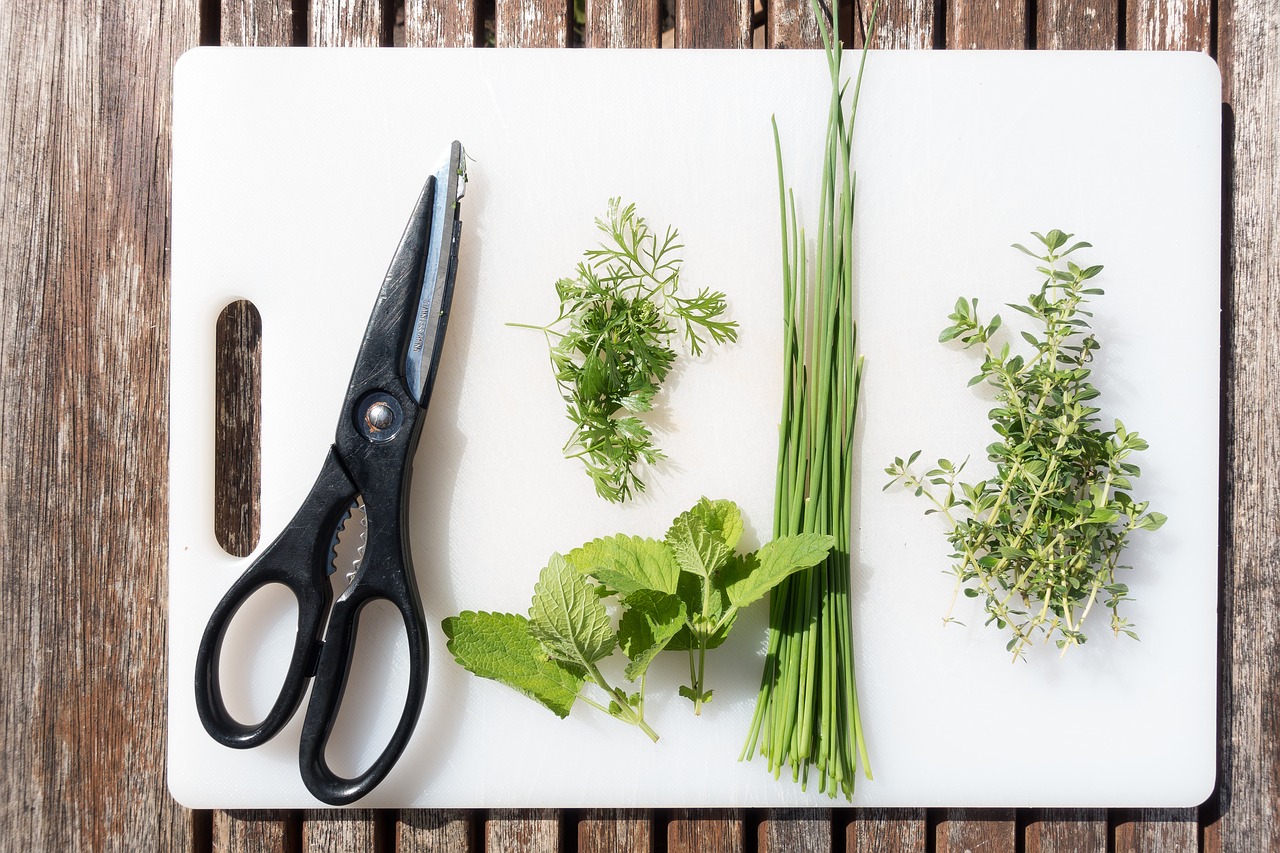How To Prune Herbs So They Keep Growing

Why Should You Prune Your Herbs?
- Primarily, because it’s good for the health of the plant.
- To encourage fresh growth, which often helps a tall, thin plant develop bushier foliage.
- To propagate new, rooted growth
- To control the size of the plant itself, and the overall size of the garden.
- To keep a fresh assortment of herbs for cooking purposes. Use them fresh or dehydrate and store the herbs for future use.
How Often Should You Prune Herbs?
There’s a difference between light pruning and hard pruning, and there is such a thing as too much pruning. The goal is to help your plant thrive and grow, not impair it’s ability to produce new growth. Also, regardless of what type of herb, whenever you see blossoms forming, you should remove them to redirect the growth energy back to the leaves and roots. The blossoms use up a lot of the plant’s energy, causing the plant’s growth to slow or peter out for the season.
Light pruning
The process of “tipping” refers to cutting off the top few inches of new growth to encourage the branch to grow outwards in two directions at the break. Tipping will help to maximize the plants willingness to branch out.
Be wary of removing too much plant! Big leaves, or leaves at the base of the plant are really important for the health of the plant because they absorb so much more sunlight than smaller leaves with new growth. Make sure you keep those leaves in tact for the overall health of the plant.
Hard pruning
Take the time to trim your herbs so that they can continue to flourish for the rest of the growing season.


